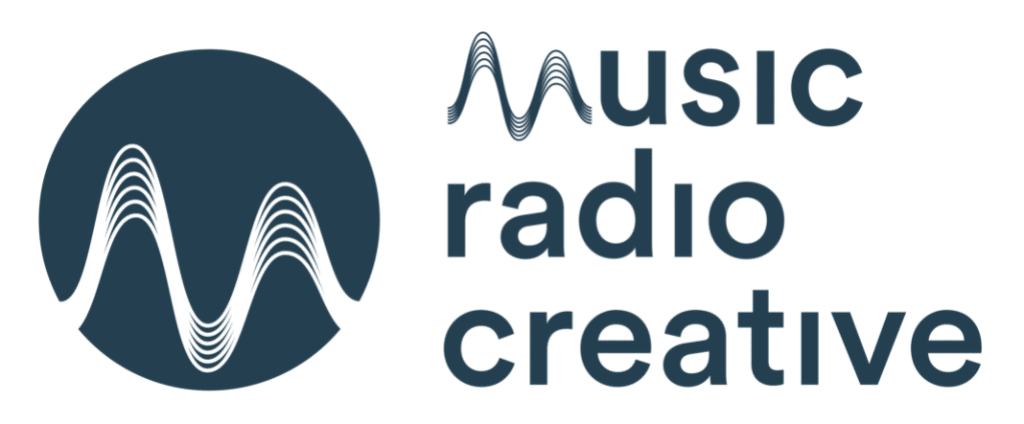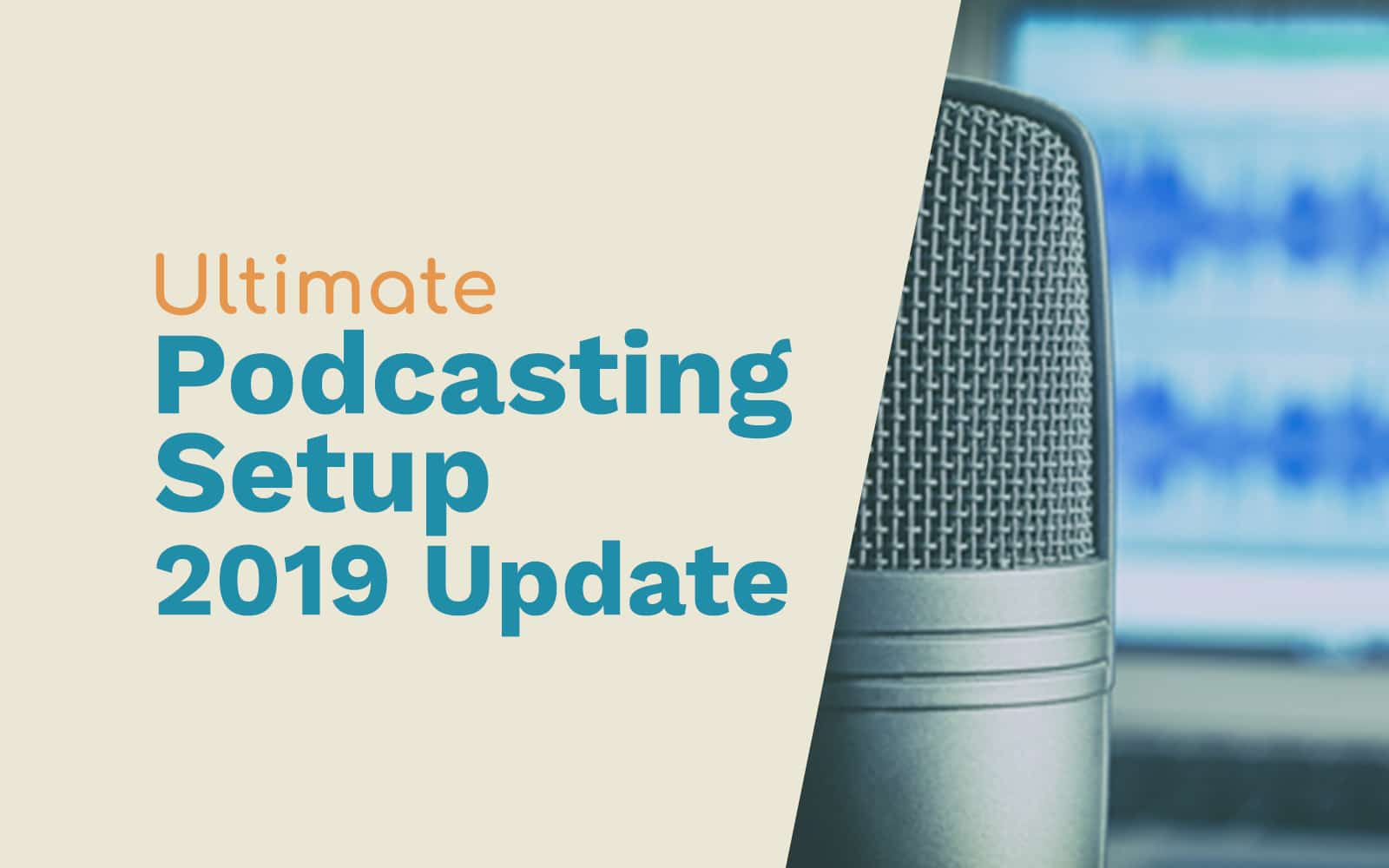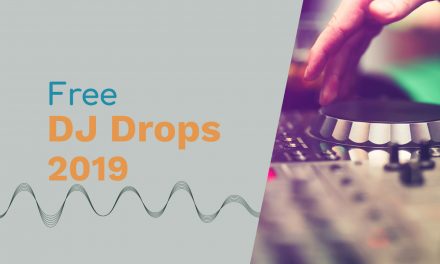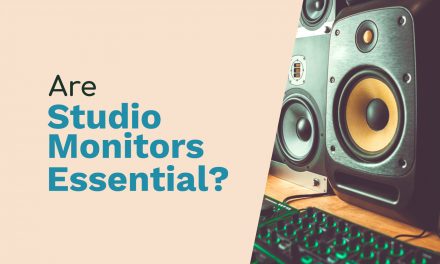I was recently asked about how I would go about creating the ultimate podcasting setup—which equipment would I suggest and the difference between condenser & dynamic mics. Here are some of my recommendations…
Updated February 2019
Microphone
Our ultimate microphone list as of February 2019 is:
- AKG C414 XLII (we use it in our studio during the live streams and have been very impressed by the performance. It certainly is a higher shelf mic with prices starting at around $1000 mark. In our opinion it is worth the money and unlike other higher shelf options it is forgiving of the non studio recording environments.
- AKG P420 – one of our studio residents as well. With a price tag under $200 and performance on par with AKG C414 we are very happy to include this little guy in our ultimate mic list for 2019
- Heil PR 40 – our first experience with Heil goes back to 2014 when our first PR40 landed in our studios. We certainly share a lot of love and sentiment for it to this day.
- Shure SM7B – higher price tag but once again worth to get if you can afford it. Plenty of brightness and good quality from this signature Shure mic.
Dynamic vs Condenser: Unless you have a fully sound-treated room, a condenser is going to pick up more room echo and other sounds that a dynamic mic will not. For this reason, I would not go for a Yeti or Blue Mic (they’re condenser mics). With the exception of AKG C414 and AKG P420 we have not found a condenser microphone that does perform well in an open room (normal room that has not been designed for broadcast).
The Rode Procaster is dynamic, which is good, but I haven’t used it myself and haven’t heard of many others who do. If you add the shock and boom, it comes to around $362, which is $137 less than HEiL.
I have done a recent comprehensive review of available options here:
I use the TLM 103 as well as AKG C414 for voice-over work. Both are great microphones but I’d only recommend it if your recording space is super soundproofed. It will sound great but only if you have the right acoustic setup—if not, it’ll sound terrible!
Preamp/Processor
This equipment is optional but it will boost your voice considerably, cut out any background noise and make you sound awesome! In my opinion if you are looking at ultimate setup you can’t miss this piece of equipment out. It makes 100% of a difference. There is one that I love: the dbx 286s. I have created detailed settings I recommend here:
Note that you will need one dbx 286s for each microphone in your chain. So if you have 2 hosts with a microphone each – this means you need 2 dbx units.
Audio Interface
You’ll need this to plug your mic into the computer; the red Focusrite Scarlett 2i2 is a great choice if you are looking for a relatively portable setup. My pro setup includes Soundcraft Signature 12 MTK – it is a bit of a beast but oh my – a powerful one for sure!
Headphones
You really can use any set that you like, but I love the audio quality from Beyer Dynamic DT 770 PRO headphones. You may also want to grab Behringer HA400 to split headphones up to 4 ways with individual volume controls.
The Chain
Microphone > XLR cable > dbx 286s > TRS cable > Focusrite > USB > Computer
If you are considering podcasting or have just started you may be interested in the other posts in our “Start with podcasting” series.




